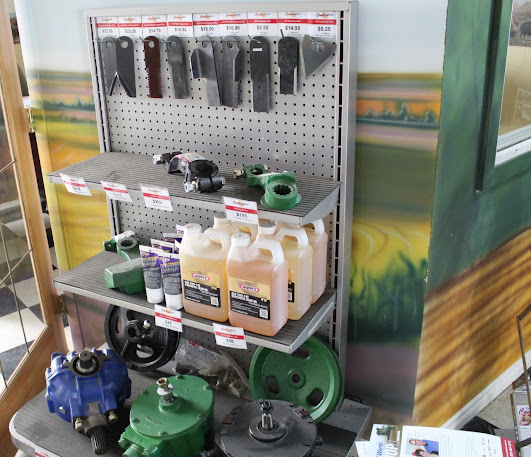Combine Harvester Parts and their Functions worth knowing
As much as harvesting is what every farmer is looking forward to, it is a demanding phase that only gets more manageable with the right tool. That’s where a combine harvester comes in. It is an ideal go-to machine whether you intend to reap, thrash, gather or winnow. Since it does all that at a single go, imagine how much effort and time you would save by choosing to use it. As far as combine harvester parts are concerned, the list is quite long, comprising 21 elements in total. However, some are major combine harvester parts, and that’s what this piece focuses on today.
1. Header
The header does the primary role of gathering the crops before moving them into the combine harvester. Manufacturers have considered the various crop types, explaining why there are different types of headers in the market. Some have opted for adjust ability to deal with diversity.
2. Pickup reel
Upon entering the combine, the crops meet the pickup reel, which is a wheel that rotates slowly. This part is often known to be part of the header. Thanks to their bats, horizontal bars, and tines, vertical teeth, the reel grips the plant stalks. Its primary function is to pull the crops towards the cutter bar.
3. Cutter bar
It is also referred to as part of the header on many occasions. The cutter bar cuts off the crops’ bases. Its back also has spinning screws, often called augers. They feed the cut crops to the conveyor.
4. Threshing Drum
It is yet another one of the main combine harvester parts, and its function is to beat the cut crops. It separates the grains from the stalks through shaking and breaking.
5. Sieves
It allows the grains to pass through as they enter the collecting tank. On the other hand, it ensures that stalks don’t fall into it.
6. Straw walkers
They are conveyors that handle the stalks and chaff. They propel them towards the back of the combine harvester.
7. Unloader
As the name suggests, it unloads the grains collecting tank once it becomes full. It achieves that by using this side pipe to load a trailer. It is important to note that before reaching the unloader, the grain passed through an elevator.
8. Spreader
Although not standard with all combine harvesters,it is a part that throws away the trash and stalks away. Alternatively, some have a baling machine that bales the straw making it ideal for animals’ sleeping areas.
Conclusion
The article doesn’t highlight all the combine harvester parts but instead focuses on the main ones. Some of them play a massive role in determining the one ideal for your needs. For instance, different crops need different headers. Therefore, that’s something you should choose wisely or go for a versatile one in case you need to harvest various crops. If you don’t intend to throw away the stalks and trash, a combine harvester with a spreader may be the wrong choice. Never underrate their maintenance lest you end up compromising the efficiency and harvest quality.





Comments
Post a Comment